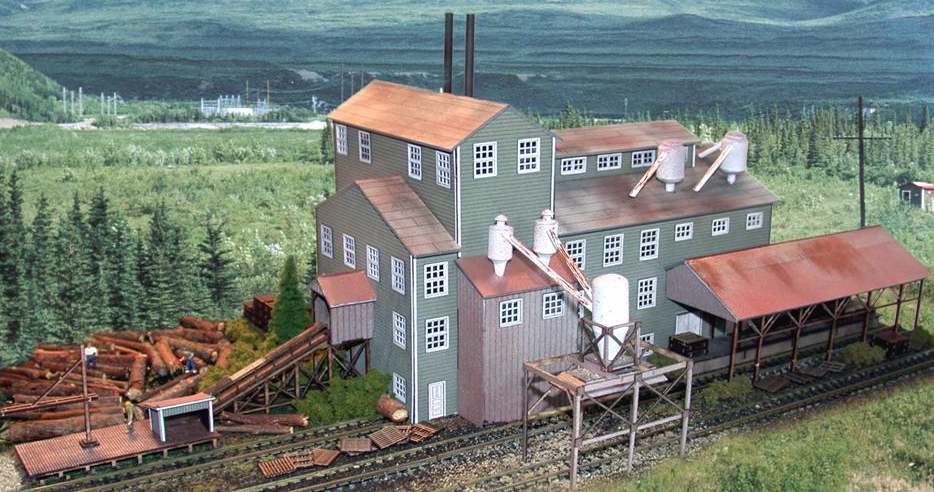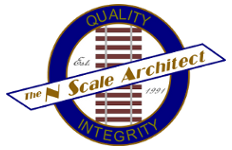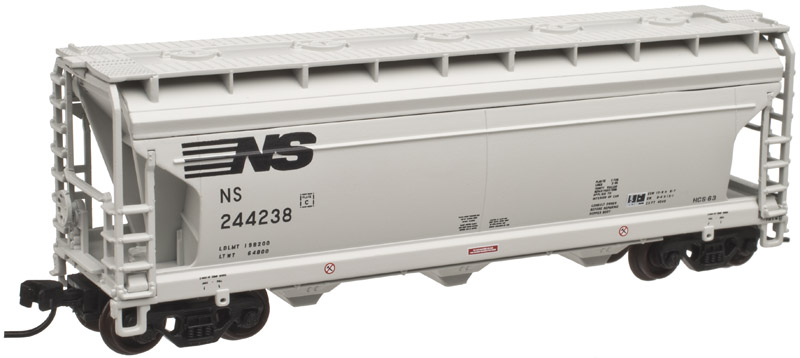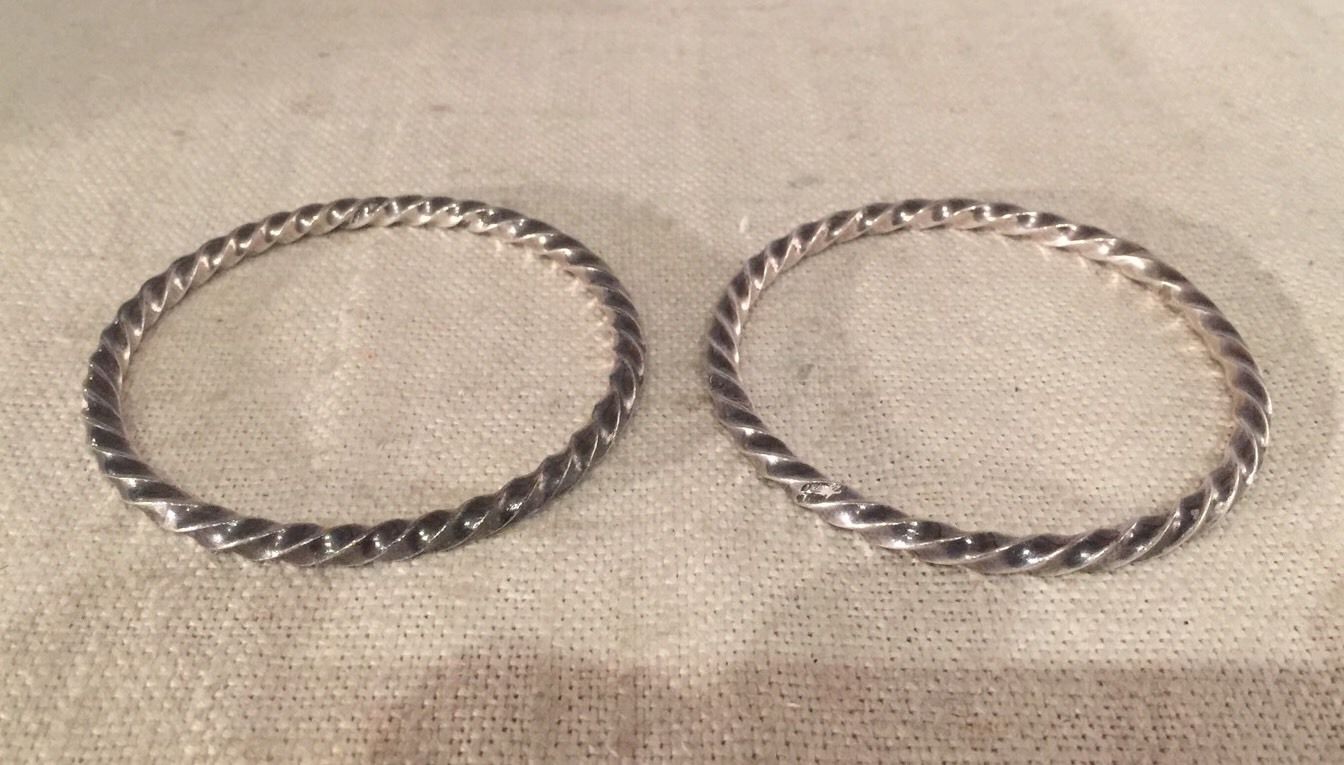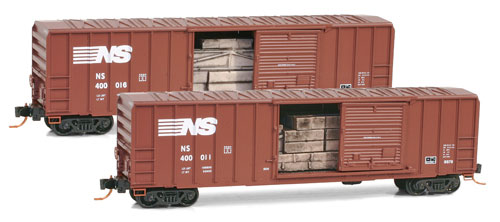N Scale Architect - 10004 - Structure, Building, Industrial, Mill - Industrial Structures
| Stock Number | 10004 |
| Original Retail Price | $145.95 |
| Brand | N Scale Architect |
| Manufacturer | N Scale Architect |
| Body Style | N Scale Architect Structures |
| Image Provider's Website | Link |
| Prototype | Structure, Building, Industrial, Mill |
| Road or Company Name | Industrial Structures (Details) |
| Reporting Marks | Long Valley Lumber |
| Ready-to-Run | No |
| Kit Complexity | Craftsman |
| Kit Material(s) | Laser-Cut Wood |
| Item Category | Structures |
| Model Type | Buildings |
| Model Subtype | Industrial |
| Model Variety | Mill |
Specific Item Information:
The Long Valley Lumber kit represents lumber mills that existed in California, Idaho, Minnesota, Oregon, West Virginia and Wisconsin from the 1890's to today. We have combined the most interesting elements of these prototypes to create an industry that will generate a considerable amount of traffic on your layout or NTRAK module. Logs and rough-cut lumber are brought to the mill via rail and shipped out as finished lumber, railroad ties, pallets and wood chips. Of course, a lumber mill of this size requires a sizable drying & storage yard with an associated transportation system. You can fill this yard with our NEW laser-cut wood lumber stacks, tie bundles & pallets and move them over our M-TRAK 2'6" track system using our Yard Critter Locomotive and Lumber Bogies. All of these items and the other detail parts shown are available separately as part of our "Making A Scene" product line. Long Valley Lumber model covers an area of 10"(L) X 6"(W) X 6 "(H).
Road Name History:
 A factory (previously manufactory) or manufacturing plant is an industrial site, usually consisting of buildings and machinery, or more commonly a complex having several buildings, where workers manufacture goods or operate machines processing one product into another.
A factory (previously manufactory) or manufacturing plant is an industrial site, usually consisting of buildings and machinery, or more commonly a complex having several buildings, where workers manufacture goods or operate machines processing one product into another.
Factories arose with the introduction of machinery during the Industrial Revolution when the capital and space requirements became too great for cottage industry or workshops. Early factories that contained small amounts of machinery, such as one or two spinning mules, and fewer than a dozen workers have been called "glorified workshops".
Most modern factories have large warehouses or warehouse-like facilities that contain heavy equipment used for assembly line production. Large factories tend to be located with access to multiple modes of transportation, with some having rail, highway and water loading and unloading facilities.
From Wikipedia

Factories arose with the introduction of machinery during the Industrial Revolution when the capital and space requirements became too great for cottage industry or workshops. Early factories that contained small amounts of machinery, such as one or two spinning mules, and fewer than a dozen workers have been called "glorified workshops".
Most modern factories have large warehouses or warehouse-like facilities that contain heavy equipment used for assembly line production. Large factories tend to be located with access to multiple modes of transportation, with some having rail, highway and water loading and unloading facilities.
From Wikipedia
Brand/Importer Information:
The N Scale Architect was founded in 1991 by Russ Kaufman who has been active in model railroading since the early 1970s. Although many model railroaders received a Lionel Train as their first train set, Russ and his brother Bill were bitten by the model railroad bug in the form of an Aurora N-Scale set.
Russ started The N Scale Architect based on the encouragement of fellow modelers who thought that the plans he had drawn up for scratch building over the years might be enjoyed by others in kit form. The first kits featured detailed step-by-step instructions with hand drawn illustrations and plastic templates to be used for cutting the various pieces. This tradition of high quality instructions continues with the addition of "in-process" and color photos and, thanks to better computer aided programs, more detailed drawings. These templates have been replaced with laser-cut micro-plywood pieces along with the addition of many detailing castings which are now also available separately as part of their "Making A Scene" product line.
Russ started The N Scale Architect based on the encouragement of fellow modelers who thought that the plans he had drawn up for scratch building over the years might be enjoyed by others in kit form. The first kits featured detailed step-by-step instructions with hand drawn illustrations and plastic templates to be used for cutting the various pieces. This tradition of high quality instructions continues with the addition of "in-process" and color photos and, thanks to better computer aided programs, more detailed drawings. These templates have been replaced with laser-cut micro-plywood pieces along with the addition of many detailing castings which are now also available separately as part of their "Making A Scene" product line.
Item created by: CNW400
on 2021-01-14 15:15:14
If you see errors or missing data in this entry, please feel free to log in and edit it. Anyone with a Gmail account can log in instantly.
If you see errors or missing data in this entry, please feel free to log in and edit it. Anyone with a Gmail account can log in instantly.


